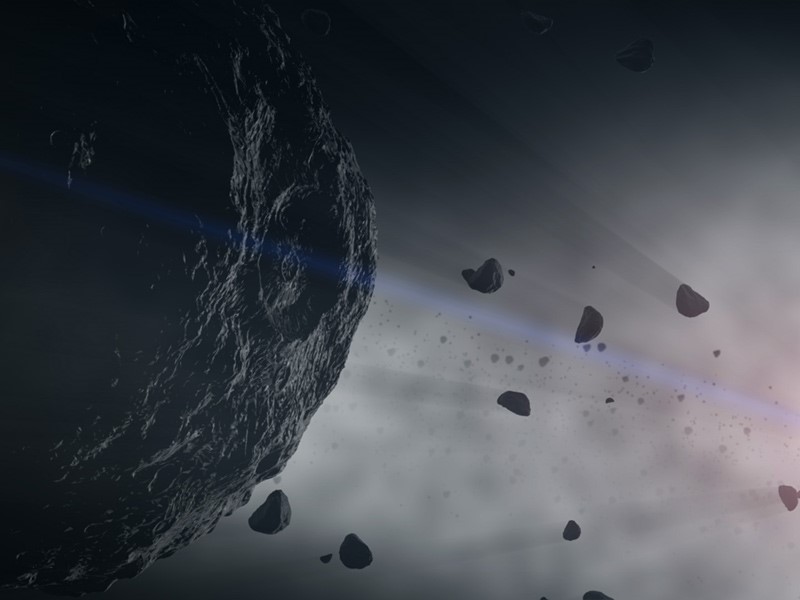
Meteorites deliver to Earth a direct means of studying the compositional diversity of solar system materials. However, several questions remain regarding the origins of meteorites, such as where do the meteorites delivered to Earth originate and how many different parent bodies are represented in the meteorite record? In a recent paper led by Richard Greenwood at the Open University in the United Kingdom, it is estimated that between 95 and 148 distinct parent bodies are represented in our meteorite collections. This number seems low when you consider there are estimated to be more than 100,000 asteroids with diameters larger than 2 kilometers in the main asteroid belt. There could be several reasons for this discrepancy: i) our meteorite collections are an unrepresentative sampling of the variety of meteorite types in the main belt; ii) only a limited number of original parent bodies exist; iii) meteorites preferentially come from the approximately 120 known asteroid families; iv) loosely consolidated (weak) meteorite types are filtered out by Earth’s atmosphere (i.e., destroyed before they hit the ground; v) multiple, near-identical, “clone” parent bodies exist in the belt; or vi) some combination of these. Regardless of the causes of this discrepancy, the mismatch between meteorites and the current main belt asteroids remains significant. Future sample return missions and detailed remote sensing observations of the current main belt asteroids will help us to understand the reasons for the observed discrepancy. READ MORE